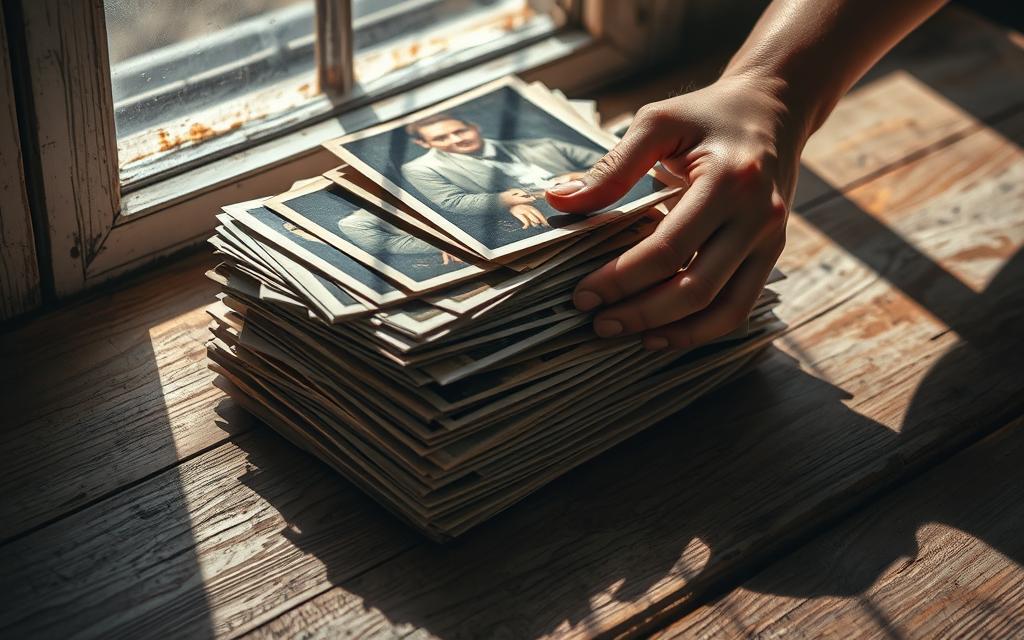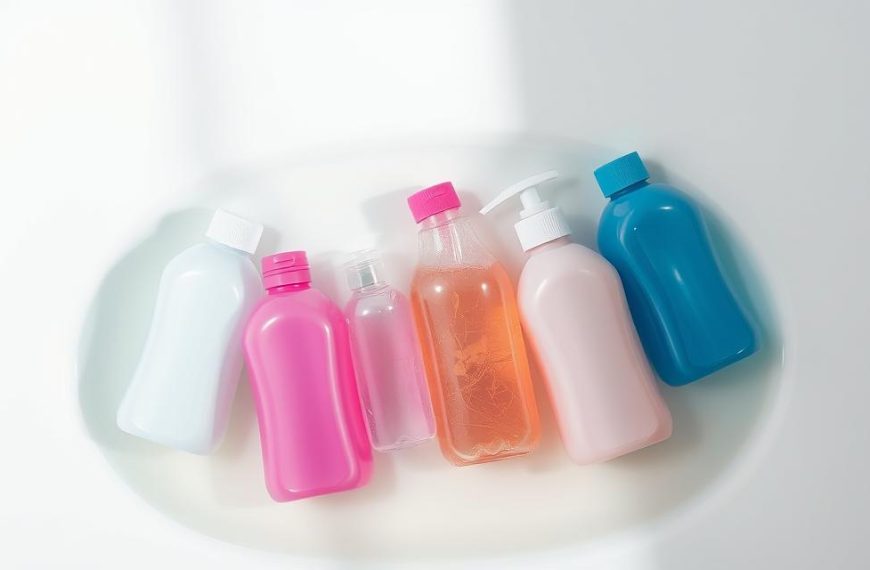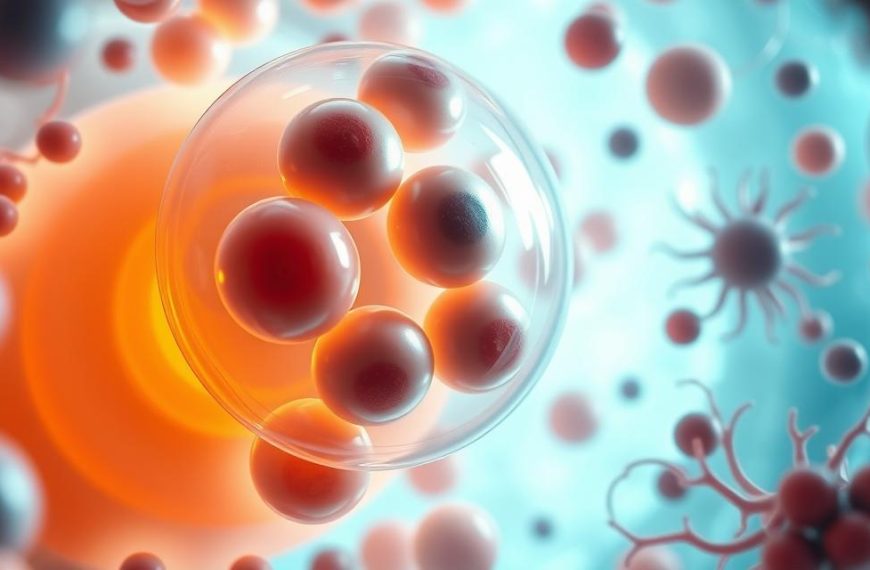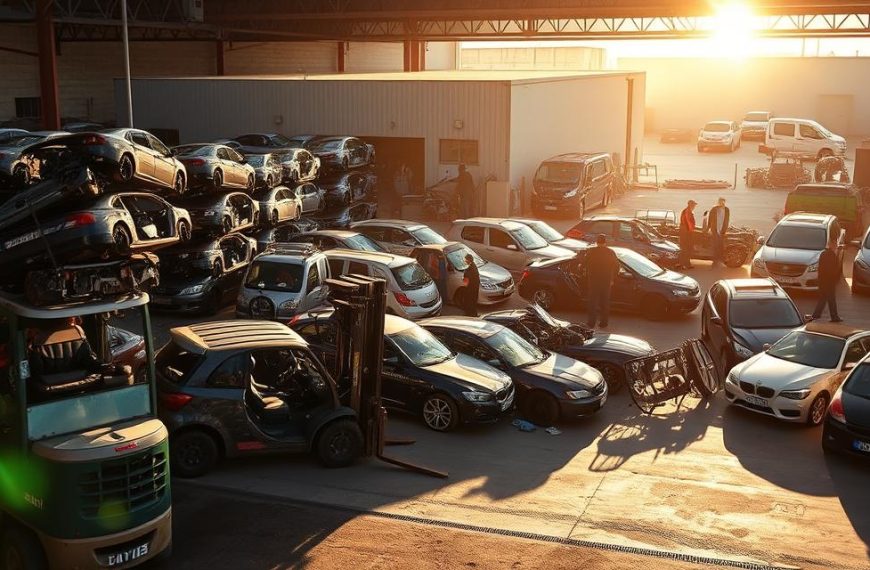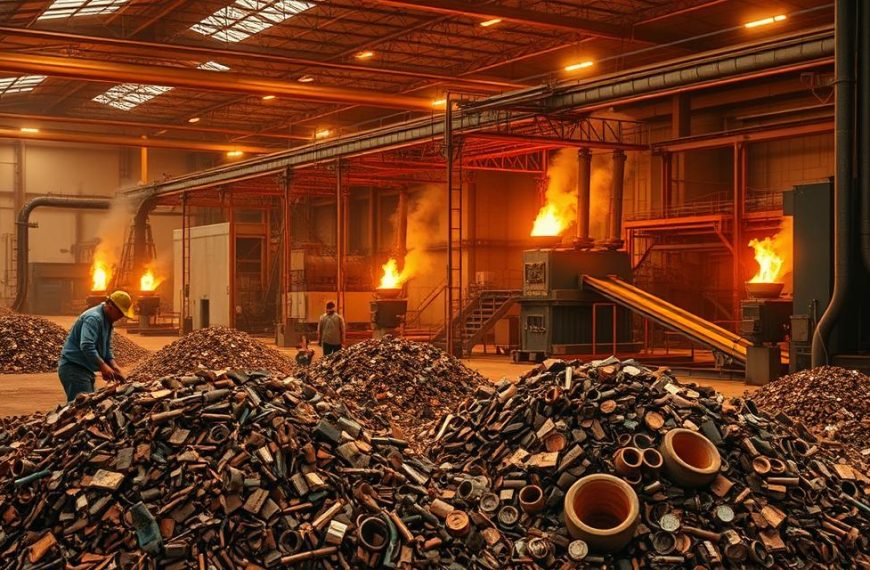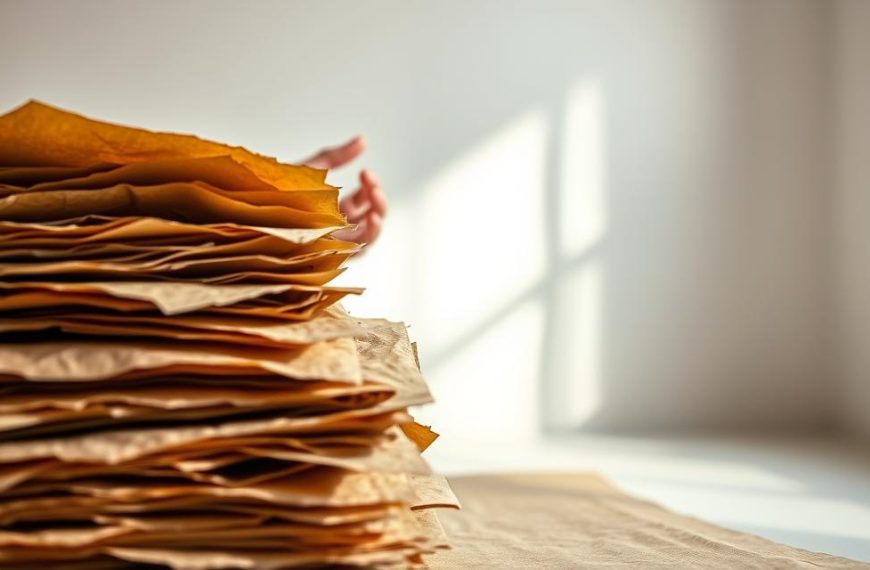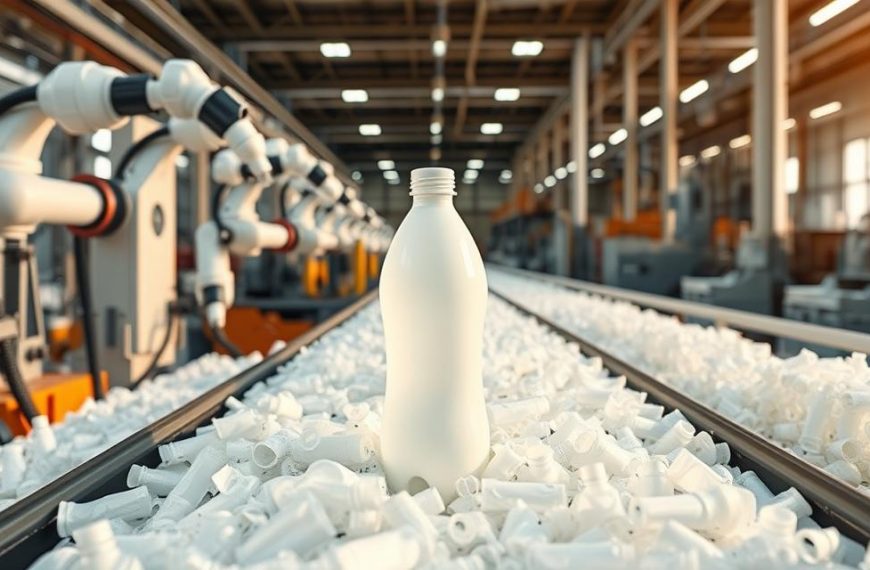Spring cleaning often brings up the challenge of what to do with old photographs. These cherished snapshots of family and friends hold memories, but their disposal isn’t straightforward. Despite their paper-like appearance, most printed photos cannot be recycled.
The reason lies in their chemical composition. Photographs are coated with materials like gelatin, silver, or plastic, making them unsuitable for standard recycling processes. This creates a paradox—they look recyclable but aren’t.
For many, these photos carry emotional value, preserving moments across generations. Instead of tossing them, consider storage solutions or digital backups. Modern alternatives, like scanning and archiving, offer a way to keep memories alive without cluttering your home.
Experts in waste management emphasize the environmental concerns tied to photo chemicals. Proper disposal is crucial. For more insights on handling old photos, check out this guide.
Understanding the Recyclability of Printed Photographs
Deciding what to do with old printed photographs can be tricky, especially when considering their environmental impact. While they may appear similar to regular paper, their composition makes them a challenge for standard recycling processes.
Why Most Photographs Aren’t Recyclable
Printed photographs often contain layers of plastic and chemicals that complicate recycling. Resin-coated (RC) prints, for example, include a plastic layer visible when torn. This mixed-material structure prevents them from being processed like typical paper waste.
Historically, photo chemistry relied on substances like mercury, silver, and gelatin emulsions. These materials, particularly silver, classify photographs as hazardous waste. Modern digital prints use clay coatings, but older prints still pose environmental risks.
The Chemical Composition of Photo Paper
Traditional darkroom processes introduced toxins like silver bromide in black-and-white prints. Photographic fixers often contain selenium, which is harmful to wildlife. Even modern inkjet printing involves petrochemical resins that aren’t eco-friendly.
Municipal recycling facilities struggle with mixed-material items like photographs. Unlike recyclable magazine gloss, which uses clay-based coatings, photo paper’s plastic layers make it unsuitable for standard recycling. Proper disposal is essential to minimize environmental harm.
For those seeking greener options, FSC-certified paper offers a sustainable alternative. By understanding the complexities of photo paper, you can make informed decisions about disposing of old prints responsibly.
Steps to Determine if Your Photos Are Recyclable
Not all photographs are created equal when it comes to recycling. While some modern prints can be processed with mixed paper, older ones often contain materials that complicate disposal. Knowing how to identify recyclable photos can help you make eco-friendly choices at home.
How to Identify Resin-Coated Prints
Resin-coated (RC) prints, common from the 1980s to the 2020s, are easily recognizable. A simple tear test can reveal their layered structure. If the photo tears in layers rather than cleanly, it likely has an RC coating. This plastic layer makes it unsuitable for standard recycling.
Examining the edges under light can also help. RC prints often have a glossy finish and a distinct separation between layers. For older photos, this method is particularly useful in determining their recyclability.
Testing Your Photos for Recyclability
Modern digital prints, like HP Everyday Glossy Photo Paper, are generally recyclable. However, older photos with chemical coatings require special handling. A magnifier or utility knife can help you inspect the print’s composition at home.
Local recycling policies vary, so it’s wise to check with your waste management provider. For uncertain cases, consider storage or digital archiving. This way, you preserve memories without harming the environment.
For more detailed guidance, visit this resource on photograph recycling.
Alternative Ways to Dispose of Old Photographs
Finding a meaningful way to handle old photographs can preserve memories while reducing waste. Instead of tossing them in the trash, consider options that honor their sentimental value. From donating to upcycling, there are several ways to give these cherished images a second life.
Donating Photos to Relatives or Museums
One of the most heartfelt ways to handle old photographs is by donating them to family or friends. Curating a family archive box for grandchildren ensures these memories are passed down through generations. For historical photos, museums and archives often seek personal collections to enrich their exhibits.
Institutions like the Smithsonian have specific guidelines for donations. WWII archives, for example, actively seek personal photo collections to document history. Before donating, ensure the photos are properly labeled and appraised for their historical significance.
Selling or Upcycling Your Old Photos
For those looking to declutter, selling old photos can be a practical option. Vintage photo bundles on platforms like Etsy often fetch between $12 and $45. Ensure you respect copyright laws when selling portraits or images of others.
Upcycling offers a creative alternative. Transform old photos into unique crafts like memory quilts, holiday ornaments, or photo coasters. These projects not only reduce waste but also keep memories alive in a tangible way.
| Option | Benefits | Considerations |
|---|---|---|
| Donating to Family | Preserves family history | Ensure proper labeling |
| Donating to Museums | Contributes to historical records | Check donation guidelines |
| Selling Online | Generates income | Respect copyright laws |
| Upcycling | Creative and eco-friendly | Requires time and effort |
Whether you choose to donate, sell, or upcycle, these methods ensure your old photographs are handled responsibly. By exploring these options, you can preserve memories while minimizing environmental impact.
Conclusion: Making Informed Decisions About Photo Disposal
Handling old photos responsibly requires understanding their unique disposal challenges. Start with a tear test to identify resin-coated prints. If recycling isn’t an option, consider donating or upcycling them. Millions of photos printed annually contribute to waste, so every effort counts.
A hybrid approach works best: digitize your collection and preserve select physical copies. While cloud storage is convenient, it shouldn’t be the sole solution. Emerging technologies, like silver recovery, offer hope for eco-friendly photo disposal.
Before discarding, check local guidelines and explore creative reuse options. Share family archives to keep memories alive. For those needing restoration, services like ScanMyPhotos.com can help. Sustainable memory-keeping ensures cherished moments endure without harming the planet.

